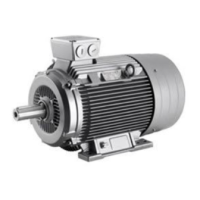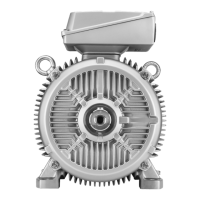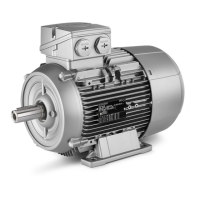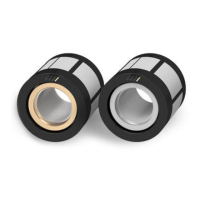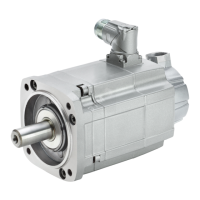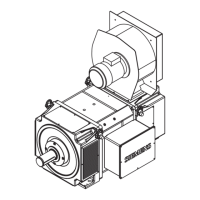Preparing for use
Explosion-protected machines
56100000002002, 01/2016
95
● To ensure good discharging of high-frequency currents, provide contacting over a
large surface area:
– as contact established through 360° at the converter
– at the motor, for instance with EMC glands at the cable entries
● If the cable shield is connected as described, then it ensures the specified
equipotential bonding between the motor enclosure and converter. A separate RF
equipotential bonding conductor is then not necessary.
● If the cable shield is not connected due to special secondary conditions, or not
adequately connected, then the specified equipotential bonding is not provided. In
this particular case, use a separate RF equipotential bonding conductor:
– Between the motor enclosure and protective ground rail of the converter.
– Between motor enclosure and driven machine
– Use braided flat copper straps or high-frequency cables with finely-stranded
conductors for the separate RF equipotential bonding cable. Solid copper
cables are not suitable for high frequency grounding because of the skin
effect.
– Ensure that the contacts are established over a large area.
Overall system design
To specifically reduce and prevent damage caused by bearing currents, you must
consider the system as a whole, which comprises the motor, converter, and driven
machine. The following precautions help to reduce bearing currents:
● In the overall system, set up a properly meshed grounding system with low
impedance.
● Use the common-mode filter (damping cores) at the converter output. The
Siemens sales representative is responsible for selection and dimensioning.
● Limit the rise in voltage by using output filters. This dampens the harmonic
content in the output voltage.
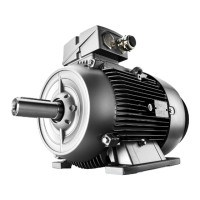
